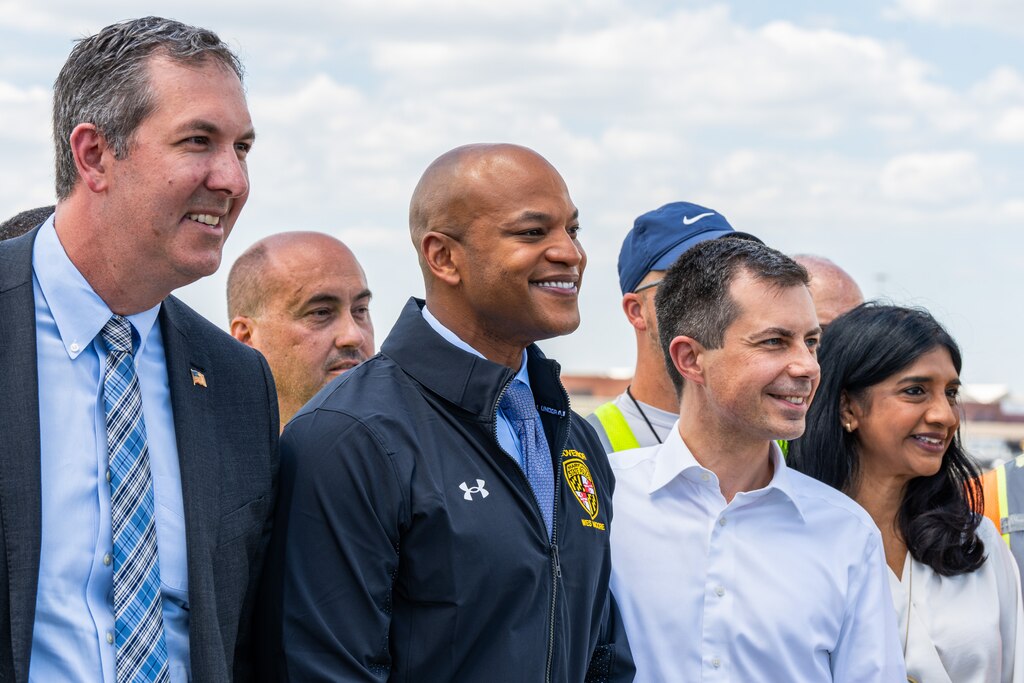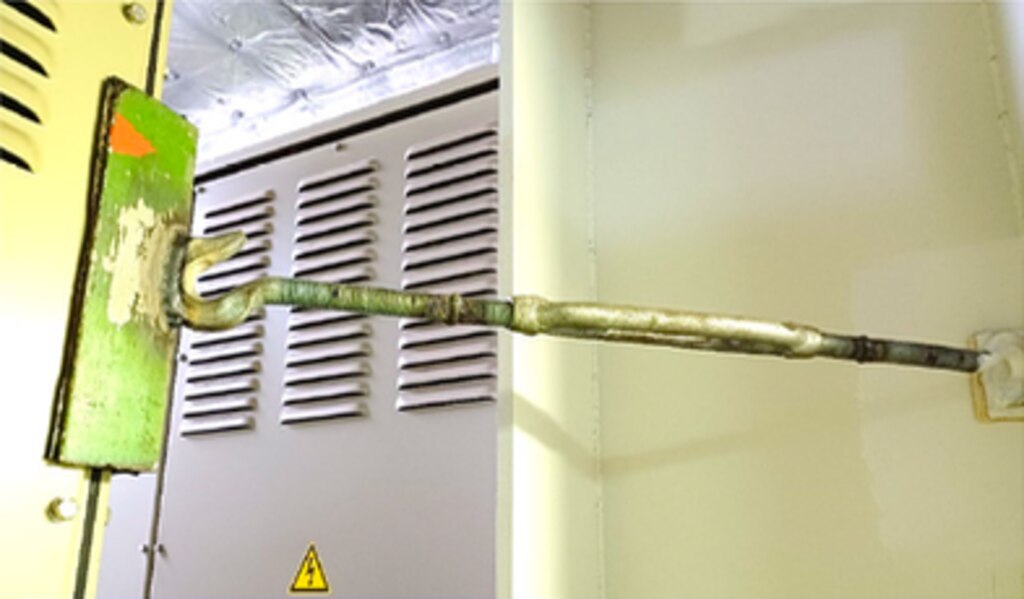It has been six months since Baltimore lost its iconic Francis Scott Key Bridge. The 47-year-old span toppled in seconds after the Dali cargo ship lost power and struck a support pier. This week also was the deadline to file responses to the Dali operators’ petition to limit their liability in the disaster.
There’s a lot to catch up on. Here’s what we know:
Rebuilding: Opening in 2028, $2 billion
Maryland transportation officials estimate it will cost between $1.7 billion and $1.9 billion to rebuild the Key Bridge, and they aim to have it open to traffic by fall 2028.
Last month, the Maryland Transportation Authority approved a $73 million contract for project development with the construction company Kiewit. The cost estimate for the replacement bridge is expected to firm up in about six months, when Kiewit and state designers are about halfway through the design process.
The Baltimore Banner thanks its sponsors. Become one.
The replacement will be in the same location and have the same number of travel lanes — four. Those similarities helped the state win a federal exemption from a typically lengthy environmental review.
But in at least a few ways, the new bridge will look different from its fallen predecessor, which opened in 1977.
It will have at least 230 feet of clearance above the main shipping channel in the Patapsco River, compared to the former Key Bridge’s roughly 185 feet.
To reach that new height, the MDTA will have to demolish the remaining bridge decks and supports and start from scratch. In total, the new bridge could be roughly three-quarters of a mile longer than its predecessor, with a main span over the federal shipping channel 200 feet longer than before.
Who will pay for the rebuilding is somewhat up in the air.
The Baltimore Banner thanks its sponsors. Become one.
As it stands, 90% of design and construction costs come from a Federal Highway Administration emergency fund, and the MDTA would cover the remaining 10%. All of Maryland’s federal representatives have sponsored legislation to remove the state’s cost share, as pledged by President Joe Biden shortly after the disaster.
The legislation also calls for any insurance payouts or parties found liable for the disaster to repay the costs fronted by the federal government. But legislation moves slowly through an often gridlocked Congress, especially in an election year. There’s no telling when Congress would act.
The MDTA recently voted to send the entirety of its $350 million insurance policy to the feds, and liability lawsuits are working their way through courts as investigations continue.
Other questions are further down the line. For one, what to call this new bridge? When to name the bridge and what to call it is the purview of the Maryland Transportation Commission. In some cases, the commission also needs the approval of the three-member Board of Public Works.
Lawsuits: Dali wants its liability limited
This week saw a flurry of Key Bridge lawsuits, and there’s a simple reason why: It was the deadline.
The Baltimore Banner thanks its sponsors. Become one.
The Dali’s owner, Singapore-based Grace Ocean Private, and manager, Synergy Marine Group, moved quickly to limit their legal liability in the disaster. Within days, they filed a petition for exoneration from or limitation of liability in U.S. District Court in Baltimore.
That legal maneuver was based on the Limitation of Liability Act of 1851, which allows ship owners to try to limit their liability to the value of the vessel and its freight at the end of the voyage. In this case, according to Grace, that would be $43.67 million.
Now come the objections.
As of Tuesday — the deadline to respond — the federal, state, city and Baltimore County governments had objected and filed claims for losses caused by the bridge collapse, as had truckers and businesses, longshoremen and workers, the families of victims and others. Dozens of parties have brought lawsuits and countersuits, all in an effort to get a piece of the proverbial pie (if a judge rules that one can exist).

The next big step is for a federal judge to hear arguments. A motions hearing date is scheduled for Tuesday.
The Baltimore Banner thanks its sponsors. Become one.
In its Sept. 18 claim, the Justice Department provided a roadmap for other litigants — while in effect previewing what could become its criminal case.
The DOJ alleges the ship had been “jury-rigged,” was unseaworthy and that the entire catastrophe was “avoidable.” Moreover, the DOJ said, Grace Ocean and Synergy Marine should not be exempt from liability.
Investigations: Months to go
There are several concurrent investigations into what happened aboard the Dali the night it hit the Key Bridge.
One is being conducted by the National Transportation Safety Board and will focus on fact-finding without necessarily assigning blame.
A second investigation, from the Coast Guard, is necessary because it was a marine incident, and the Coast Guard investigates maritime accidents or crimes.
The Baltimore Banner thanks its sponsors. Become one.
Third is the FBI and Department of Justice’s criminal investigation. In mid-April, with sections of the bridge still draped across the Dali’s bow, federal agents raided the ship in the early morning hours looking for clues and information. That investigation, which remains ongoing, is focused on whether the ship’s crew or the company that oversees the vessel was aware of any issues before leaving the Port of Baltimore, The Baltimore Banner previously reported.
On Sept. 21, the FBI raided the Dali’s sister ship when it arrived in Baltimore. It’s not clear what federal agents were searching for on that ship, but it is likely for documents related to Synergy Marine Group, the company that managed the Dali.
In the immediate aftermath of the collapse, The Banner also reported that the FBI and prosecutors with the U.S. Attorney’s Office in Maryland were reviewing materials recovered by federal safety investigators from the NTSB and Coast Guard in the early stages of their investigations. Criminal investigations are opened in cases like this when the authorities believe negligence that may have caused an accident was severe enough to be illegal.
The Department of Justice tipped its hand slightly last week in a court filing from its civil division, accusing the Dali’s crew and the companies that own and operate it of negligence.
Among those allegations: The ship’s crew, presumably with management’s knowledge, had rigged up a transformer to hold it steady after its casing had repeatedly cracked from excessive vibrations. A backup circuit system, which would have prevented the fatal blackout that caused the ship to lose steering and hit the bridge, was “recklessly disabled.” And the ship’s electrical equipment was so poor that one agency stopped doing tests aboard the vessel because of “safety concerns.”
The Baltimore Banner thanks its sponsors. Become one.

The government’s claims of poorly maintained electrical systems and vibrations shaking things loose appear to match up with a finding from a recently published NTSB document.
Safety inspectors with the NTSB found a loose electrical cable attached to the transformer that was in use when the Dali left port on March 26. Engineers from Hyundai, the ship’s manufacturer, told investigators the cable would cause a blackout if the connection was severed, and then conducted a test to prove it, according to that report.
However, both the NTSB’s final report and any possible criminal charges are likely months away.
The second annual iMPACT Maryland conference on October 1 will include a discussion about the Francis Scott Key Bridge and a reimagination of Baltimore’s transportation infrastructure. More information and tickets are available here.



Comments
Welcome to The Banner's subscriber-only commenting community. Please review our community guidelines.